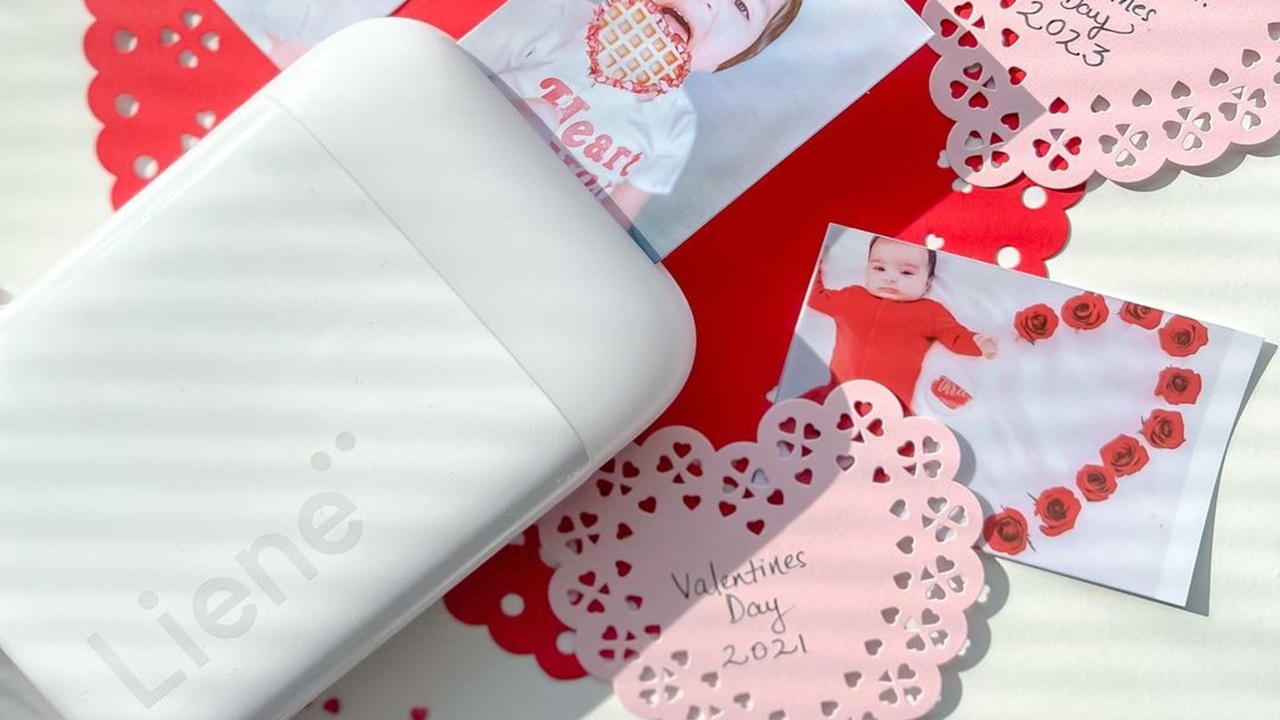In the ever-evolving world of digital photography, the demand for high-quality prints has spurred technological advancements in photo printing. Choosing the right photo printer technology is crucial to achieving stunning, true-to-life prints that capture the essence of your cherished moments. Among the myriad options, two prominent contenders stand out: Inkjet and Dye-Sublimation printers. In this exploration, we unravel the nuances of each technology to guide you in making an informed decision based on your specific needs. Visit Liene official website to find out more about these technologies and products.
Understanding Inkjet Printing
Inkjet printers have long been the stalwarts of home and office photo printing. The magic behind inkjet technology lies in its ability to recreate vibrant images through microscopic droplets of ink. These droplets are precisely sprayed onto paper, creating an intricate mosaic that forms the final image. The process is renowned for its versatility, making it suitable for a wide range of printing applications, from documents to high-quality photographs.
Advantages of Inkjet Printing
Color Accuracy and Precision
Inkjet printers excel in rendering color accuracy and precision. The ability to mix various ink colors in tiny droplets allows for the creation of a broad spectrum of hues, ensuring that your prints faithfully represent the original image.
Media Versatility
Inkjet printers can accommodate a variety of media, including different paper types and sizes. This flexibility makes them suitable for diverse applications, such as printing photos, posters, and even fabric transfers.
Cost-Effectiveness
Inkjet printers are generally more affordable upfront, making them an attractive option for budget-conscious consumers. Additionally, a wide range of compatible third-party ink cartridges contributes to ongoing cost savings.
Uncovering Dye-Sublimation Printing
Dye-sublimation printing, often referred to as dye-sub printing, operates on a distinct principle compared to inkjet technology. Instead of using liquid ink, dye-sublimation employs solid dye that is heated to transform into a gas. This gas permeates the surface of specially coated paper or other substrates, resulting in a vibrant and durable print.
Advantages of Dye-Sublimation Printing
True Continuous Tones
Dye-sublimation excels in producing continuous tones, leading to prints with smooth color transitions and gradients. This makes it an ideal choice for photographic prints that demand a high level of detail and subtlety.
Longevity and Durability
Prints created with dye-sublimation technology are resistant to fading and degradation over time. The infusion of dye into the substrate ensures that the colors remain vivid and true, making them a durable choice for archival prints.
Consistency Across Prints
Dye-sublimation technology ensures consistency across multiple prints of the same image. The process eliminates the risk of streaks or variations, providing a uniform quality that is especially crucial for professional photographers and businesses.
Choosing the Right Technology for You
Purpose and Usage
Consider the primary purpose of your prints. If you require versatile printing for documents and occasional photos, an inkjet printer might be more suitable. However, for professional photographers or those seeking gallery-worthy prints, a dye-sublimation printer's superior color accuracy and longevity could be the better option.
Print Size and Media
Assess the sizes and types of prints you intend to produce. Inkjet printers are renowned for their flexibility in handling various media, while dye-sublimation printers excel in producing high-quality, large-format prints with true continuous tones.
Budget Considerations
Evaluate your budget for both initial investment and ongoing maintenance. Inkjet printers typically have a lower upfront cost, but the ongoing expenses related to ink cartridges may add up. Dye-sublimation printers, while initially more expensive, offer cost-effective and consistent prints over time.
Conclusion
The choice between inkjet and dye-sublimation technology depends on your specific needs and preferences. Inkjet printers shine in versatility and cost-effectiveness, catering to a broad audience with diverse printing requirements. On the other hand, dye-sublimation printers elevate the quality of prints, offering true continuous tones and exceptional longevity, making them a prime choice for professionals and enthusiasts who demand the utmost in image fidelity.
As you embark on your journey to immortalize memories in print, understanding the strengths and considerations of each technology will empower you to make an informed decision that aligns with your artistic vision and printing aspirations.


